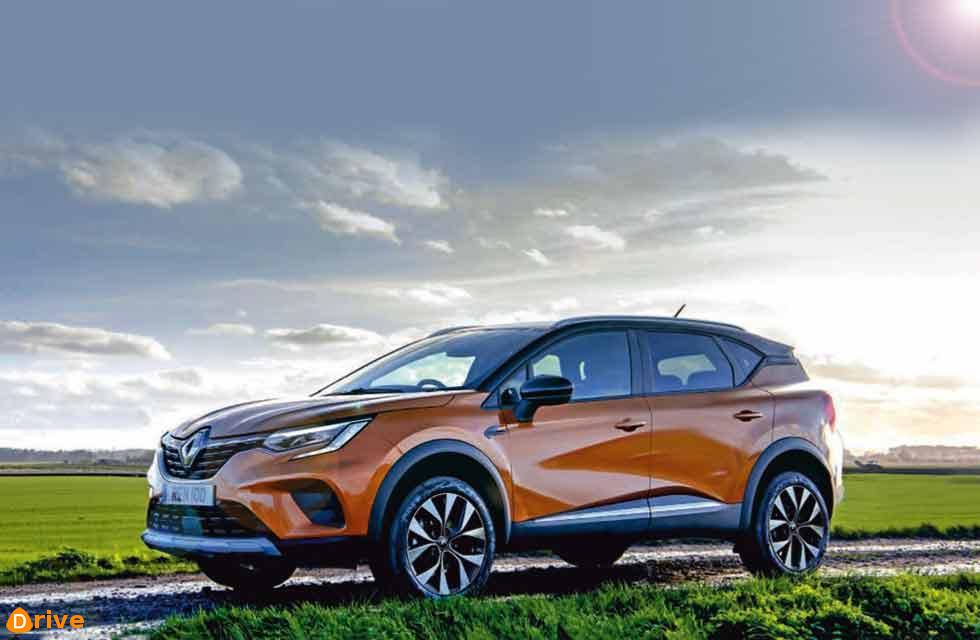Diversity coming to Kadjar. New Renault to offer petrol, diesel, hybrid and plug-in hybrid power.
Renault’s strong-selling Kadjar SUV will enter its second generation next year, gaining the quality and technology boosts found on the company’s latest cars as well as a greater-than-ever choice of powertrains. Having been on sale since 2015 and receiving the mildest of facelifts last year, the Kadjar remains one of Europe’s bestselling family SUVs. As with the new Clio and Captur, Renault isn’t expected to venture too far from the current visual approach, with gently evolved styling. However, the brand’s “interior revolution” under design boss Laurens van den Acker will continue in earnest.

Set to be dominated by a touchscreen (large and portrait-oriented in top-end models) no longer sitting flush with the centre stack, the new Kadjar’s interior will strive for class-leading material quality and clean design – traits that were key in pushing the Clio to near the top of the supermini tree. Expect classy features such as ambient lighting and posher trim options to help create an upmarket air.
The Kadjar will again bear the fruits of the Renault- Nissan-Mitsubishi Alliance. It will make use of the same modular CMF-C platform as the next Nissan Qashqai and Mitsubishi Outlander, which are both due in 2021. Given that both of these cars are older than the Kadjar in their current form, expect them to appear first.
The underpinnings will be adapted from today’s Kadjar to allow the use of all forms of hybrid powertrain, as with the Qashqai. This means there will be mild-hybrid options for the regular engine range alongside plug-in hybrid powertrains.
It remains to be seen whether Renault will follow Nissan, which is reported to be ditching diesel altogether in the next Qashqai. However, given there are three diesel options in the new Captur, this is unlikely.
Renault’s hybrid direction will be different to that taken by rival Peugeot with its 3008, which is now available with a four-wheel-drive plug-in hybrid powertrain producing nearly 300bhp. Instead, it will tackle the more cost-conscious end of the market, first with a variant of the Captur E-Tech’s system, which mates a 1.6-litre petrol engine to an electric motor and 9.8kWh battery for around 160bhp and a claimed 188mpg. Renault could also use the Clio E-Tech’s parallel hybrid powertrain, plus it has choices in a toolbox of Alliance set-ups. The new Qashqai will use both a hybrid and a more powerful, Mitsubishi-sourced plug-in hybrid system, either of which could also come to the Kadjar. We expect the new Kadjar to be revealed in the latter half of 2021 and sales to begin before the year is out.





